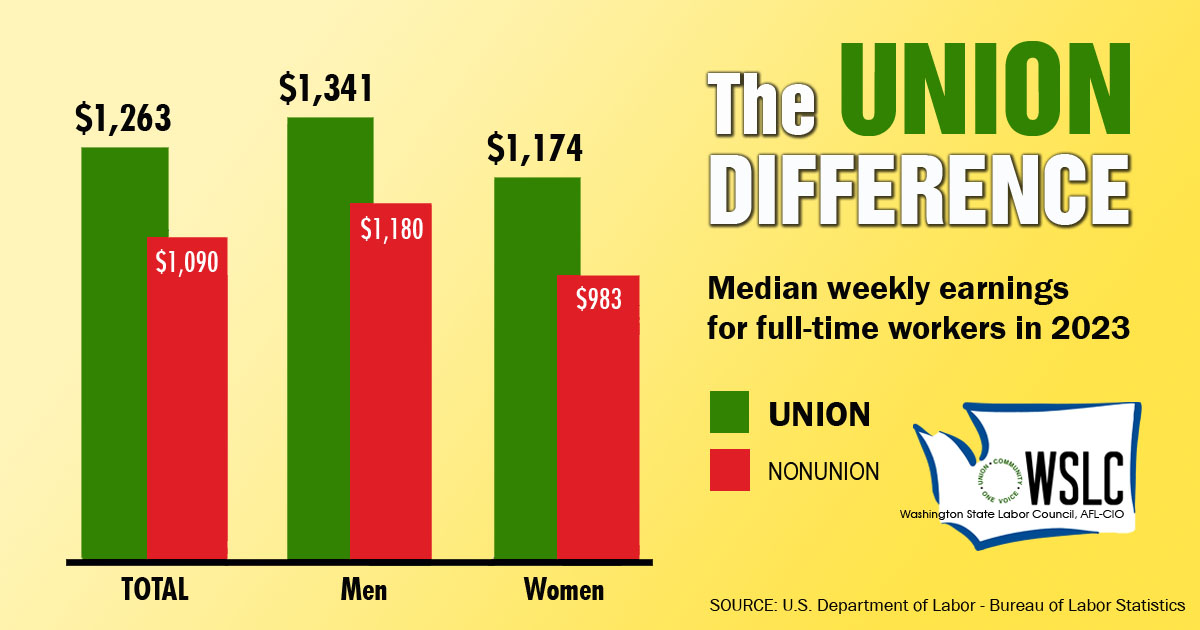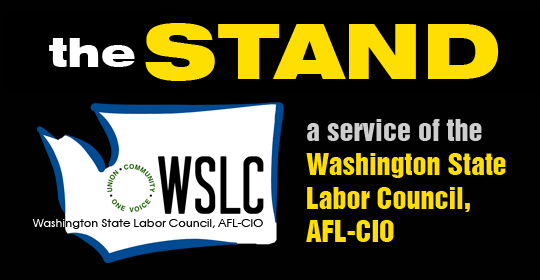OPINION
Raising wages is truly how to ‘make America great again’
By JOHN BURBANK
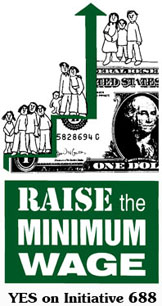 (Jan. 3, 2017) — Eighteen years ago the people of our state became public pioneers by passing into law the first minimum wage initiative that, like Social Security, included an automatic COLA — a cost-of-living adjustment. With this law, we made sure that the wage kept up with inflation.
(Jan. 3, 2017) — Eighteen years ago the people of our state became public pioneers by passing into law the first minimum wage initiative that, like Social Security, included an automatic COLA — a cost-of-living adjustment. With this law, we made sure that the wage kept up with inflation.
People across the country thought this was a good model to follow. Voters in states ranging from Alaska to Florida, including Missouri, South Dakota, Ohio, Arizona, and Michigan, adopted cost-of-living adjustments for their minimum wage. Now 28 states have raised their minimum wage higher than the federal minimum wage, so that the majority of workers in our country haven’t had to wait for Congress to raise it.
It is a good thing they didn’t wait. The Republicans control Congress, and the Republican Party platform states simply: “Minimum wage is an issue that should be handled at the state and local level.”
And back home our minimum wage needed some updating. In 2016, a minimum wage worker, like your local barista or dishwasher, earned $9.47 an hour. That’s less than $20,000 a year working full time. So this past November, the voters passed Initiative 1433, which puts into law a new and higher minimum wage!
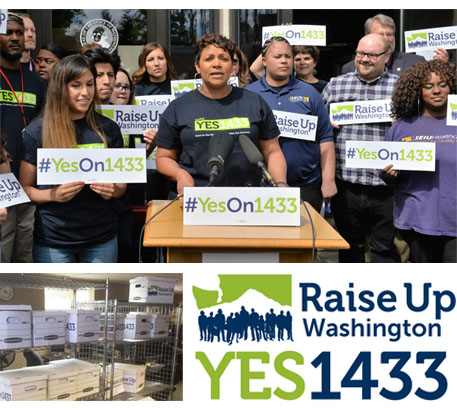 What does this initiative do? The first thing it does is show up in minimum wage workers’ paychecks. This week, for an 8-hour day, a minimum wage worker will receive $440, almost $60 more than what she would have received under the old law. For a year of full-time work, that minimum wage worker will receive nearly $23,000. That’s $3,000 more in 2017 than in 2016. That’s real money.
What does this initiative do? The first thing it does is show up in minimum wage workers’ paychecks. This week, for an 8-hour day, a minimum wage worker will receive $440, almost $60 more than what she would have received under the old law. For a year of full-time work, that minimum wage worker will receive nearly $23,000. That’s $3,000 more in 2017 than in 2016. That’s real money.
That’s not the end of the story, because the initiative also requires step increases in the minimum wage to $11.50 in 2018, $12 in 2019, and $13.50 in 2020. And yet, this wage will still be underneath what the actual minimum wage was in 1968, if productivity is taken into account. That wage, in today’s dollars, would have been $16.
So our state minimum wage is a step forward, but it is just that — a step.
When Donald Trump says, “Let’s make America great again,” I fear the worst. I fear that hidden in that language are the social realities of 50 years ago, when women were forbidden from certain occupations, when African-Americans and Hispanics faced overt and legal discrimination and state-sanctioned violence, when gay people were unacknowledged, unseen, and fearful for their income and their lives. That’s the dark side of America.
But I like to think that when we say “make America great again,” we simply want to return to the economic norms of 50 years ago, when Congress periodically and in a bipartisan manner raised the federal minimum wage to keep up with inflation and productivity, when both wages in general and profits increased with productivity increases, and when the average household income was on the rise.
In 1968, the purchasing power of minimum wage was at its historic highest, national unemployment was below 4 percent, and income inequality was relatively low, with the richest 1 percent holding 9 percent of all income, as opposed to today when they hoard 23 percent of all income. Workers had a lot more bargaining power, as more than two out of five workers were organized into unions. Corporations were innovative and prospering. That’s the year Boeing unveiled the 747 at Paine Field.
Unions still have some power in our state and that is a good thing… for all of us.
In 1998, the Washington State Labor Council, AFL-CIO was the chief sponsor for the minimum wage initiative. This past year, the Service Employees International Union, the Washington Education Association, the United Food and Commercial Workers Union, and the State Labor Council, along with Nick Hanauer, a progressive venture capitalist, were the main designers of and promoters for the minimum wage initiative.
Most of these unions’ members are already making more than the minimum. But they know that all workers, organized and unorganized, need wages they can live on and respect for their work. They know that’s how we will make America great again!
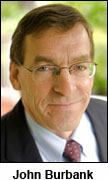
John Burbank is the executive director and founder of the Economic Opportunity Institute in Seattle. John can be reached at john@eoionline.org.




